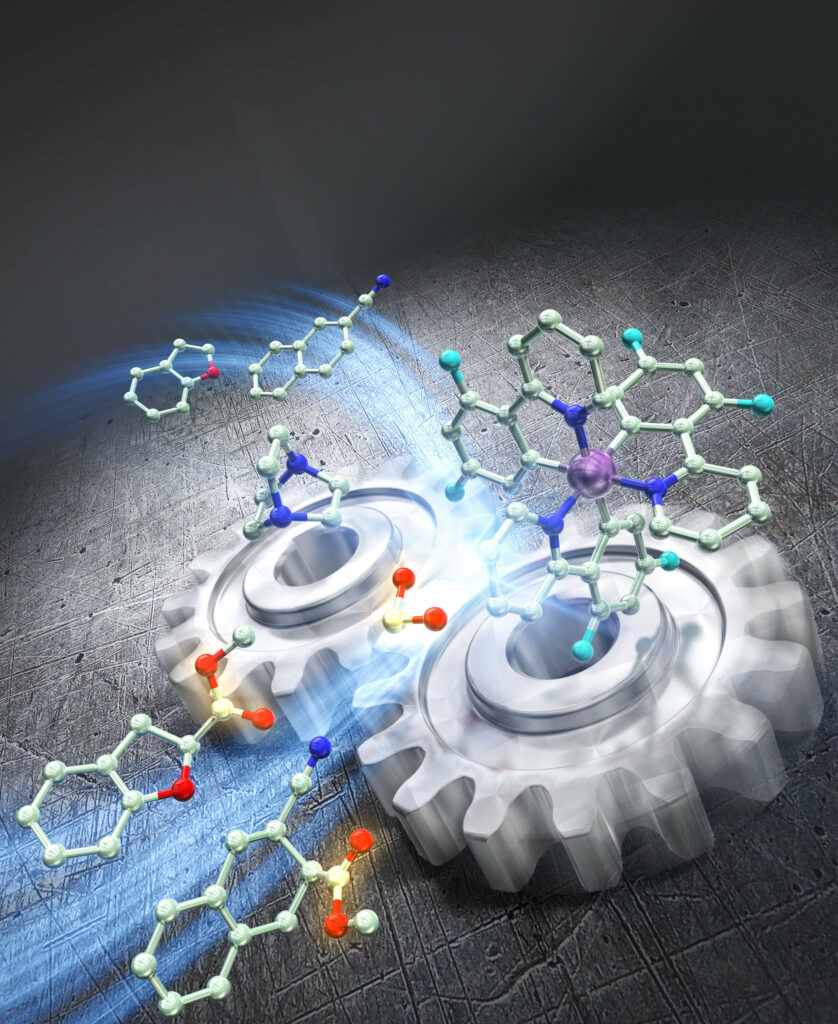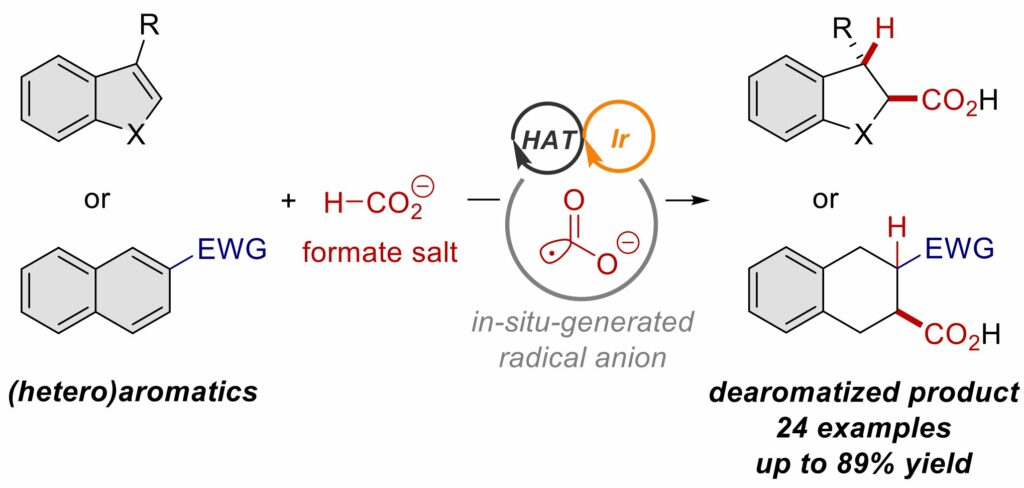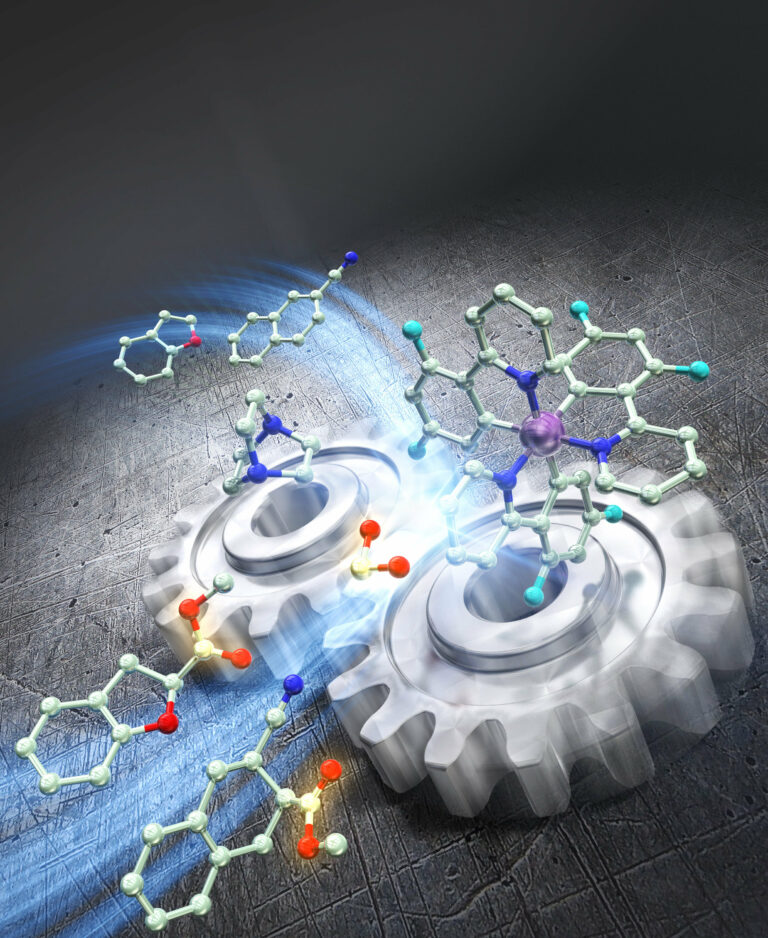Collaborative Catalysts Offer a Novel Path for Harnessing Formate Salts

Two catalysts working together make it possible for economical formate salts to facilitate challenging dearomative reactions, resulting in products with potential applications in drug development. Scientists at the Institute for Chemical Reaction Design and Discovery (WPI-ICReDD) have devised a method employing collaborative catalysts to conduct complex dearomative carboxylation reactions.
In this procedure, highly reactive carbon dioxide (CO2) radical anions, derived from cost-effective formate salts, are utilized to generate a range of products, including α-amino acids, with potential significance in drug development. The findings are detailed in the journal ACS Catalysis. Due to their stability, aromatic systems pose a challenge in dearomative reactions, which involve disrupting the aromatic system.
In this research, a formate salt compound serves as the source of highly reactive CO2 radical anions. The reaction is intricately designed to involve two distinct catalysts—analogous to a photoredox catalyst and a hydrogen atom transfer catalyst—working in collaboration. This cooperative action, combined with exposure to blue light, induces the formation of highly reactive CO2 radical anions capable of integrating into an aromatic system, thereby disrupting it. Inspiration for this study stemmed from the group’s earlier research, where a similar reaction was driven by electricity.

“Building on computations from a prior electrochemical reaction that we investigated, we anticipated a promising reaction mechanism involving CO2 radical anions,” explained lead author Saeesh Mangaonkar. “This time, we devised a photochemical approach, which is environmentally friendly and suitable for commercially available aromatic compounds.”
Beyond the typical all-carbon aromatic rings, the success of this dearomative carboxylation reaction framework extended to a diverse array of heteroaromatic rings, incorporating oxygen, nitrogen, or sulfur atoms within the ring instead of carbon. The resulting carboxylic acid derivatives exhibit non-carbon atoms adjacent to the acid segment, a crucial structural feature.
Through additional steps, these compounds can be transformed into biologically active structures. Unlike the prior method that introduced two CO2 molecules to the substrate, this new method involves the addition of a single CO2 molecule derived from formate salts. With these two complementary approaches, chemists now have the capability to selectively add one or two CO2 molecules, providing greater flexibility in designing and synthesizing molecules with carboxyl groups.
“We anticipate the utility of this process in pharmaceutical development,” added Tsuyoshi Mita. “Establishing efficient synthesis methods, such as this one, is crucial for progressing toward a sustainable society.”
This article is republished from PhysORG under a Creative Commons license. Read the original article.
Do not forget to share your opinion with us to provide you with the best posts !




0 Comments